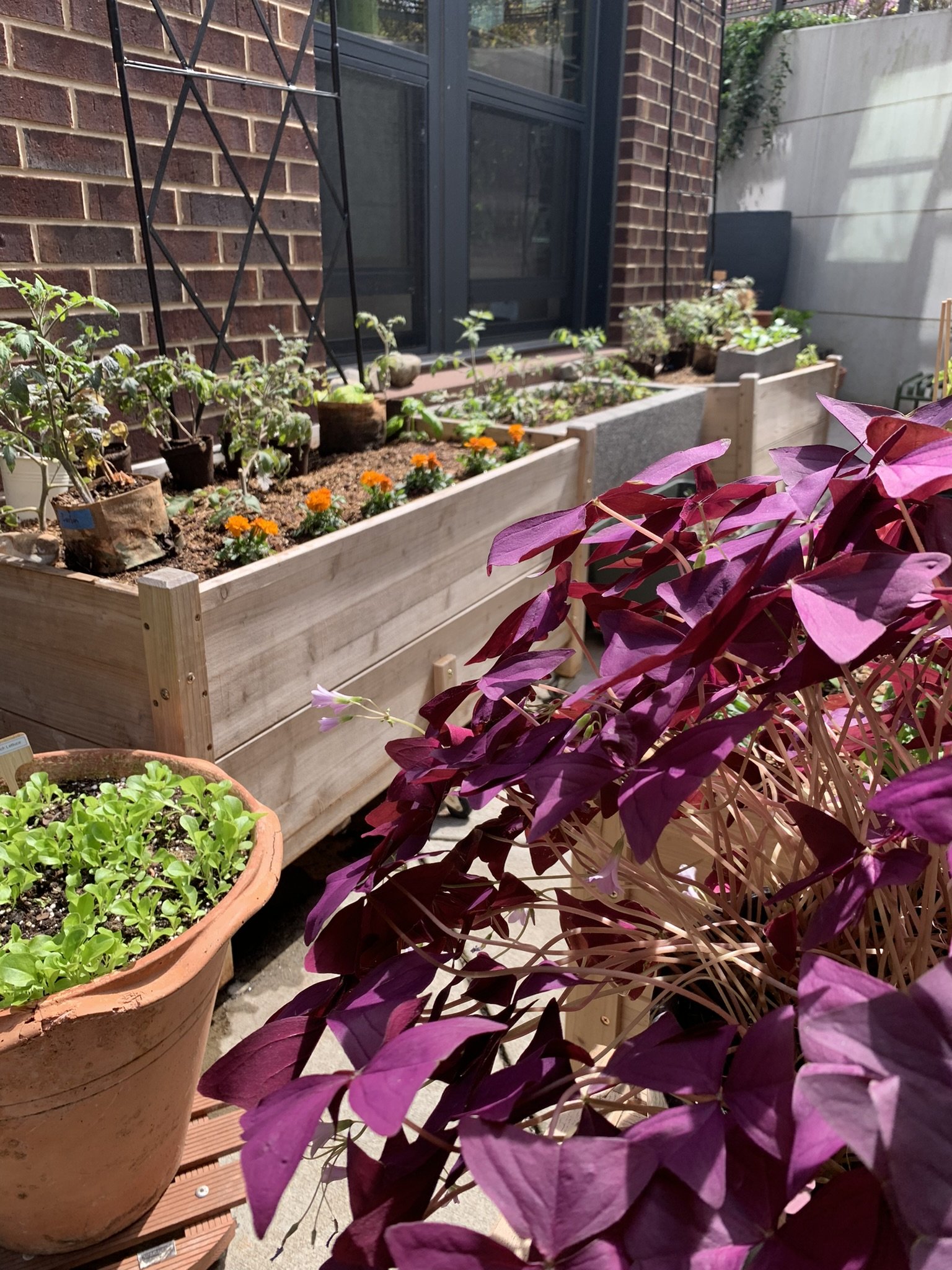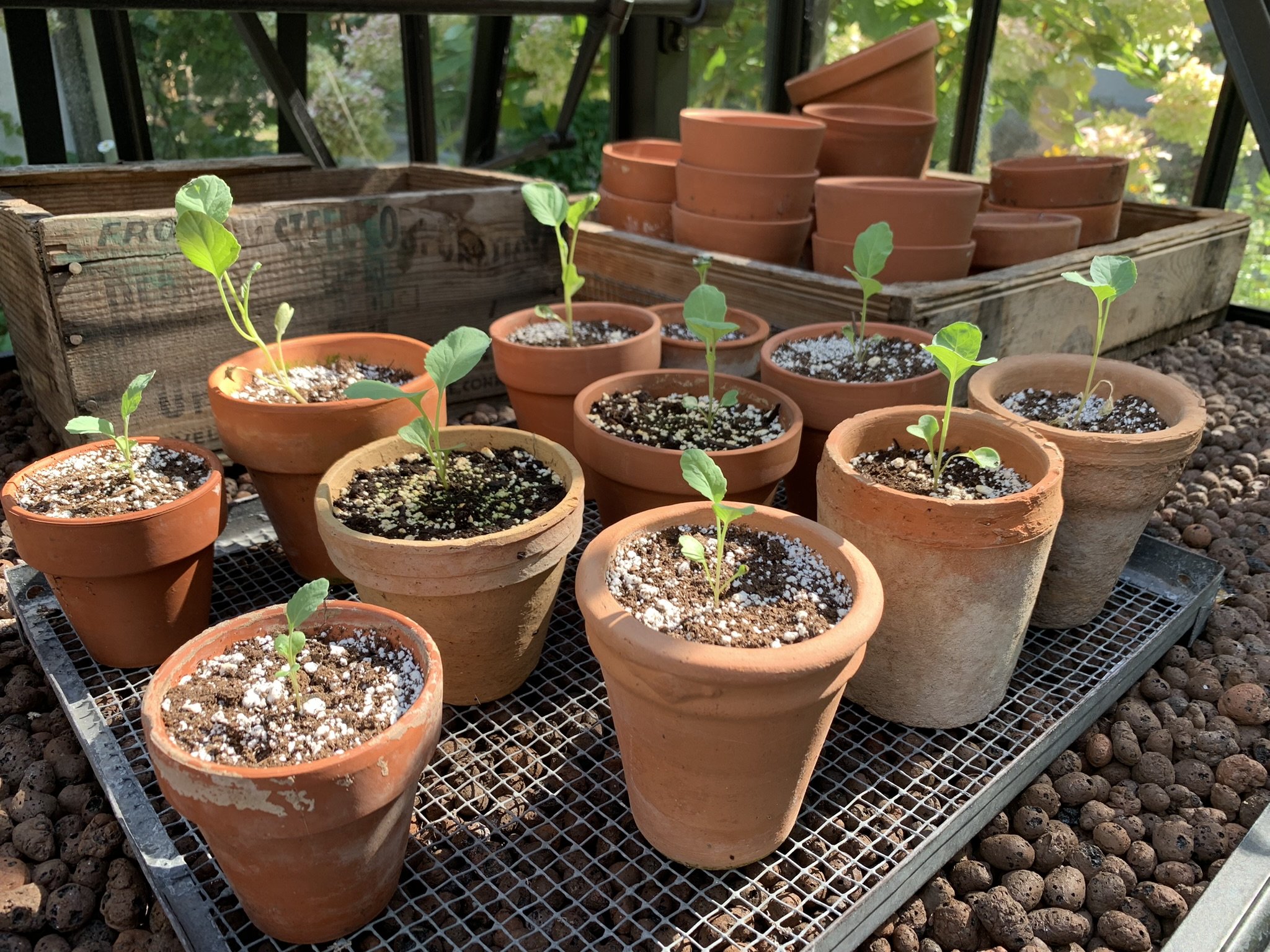Container Gardening: Choosing the right plants for your pots
Are you ready to take on gardening challenges?
Do you feel like you can plunge deep into growing your food, but you’re still unsure about how to begin? If you feel like you’ve been ready to take the next step for a while now, but you’re not ready to go all out, I have the perfect proposition for you – and it’s called container gardening! This is a great starter pack for all of you who haven’t done this before and want to get a taste of the farm-to-table experience but don’t want to start big.
Container gardening is much more than you realize. At first, you may think that it is a very easy concept – you add some seeds or seedlings into containers, water them, and that’s it. But there is so much more to the process. Keep on reading to discover how to find the best veggies and the best containers.
Container gardening is the perfect way to create green wonders, especially with limited space.
Plant size
You may live in an apartment in the middle of an urban jungle or simply have a smaller space, making growing plants – especially veggies – more challenging. Let’s take the challenge out. You have to think of plant size once it’s grown as well as root depth for while it’s growing.
To grow your own veggies at home, you need to know that each plant has its own growth extent – meaning you need to balance finding suitable containers and the right plants for them. Choosing the right containers for your plants means accounting for those two main factors.
Let’s take the lettuce as the perfect example. You can grow it in the comfort of your home because it grows low and is a small plant, even the heading lettuce, and the roots don’t go too deep. On the opposite side, you have the cucumbers or any vining plant – they grow tall and deep, so choosing the types of plants is essential for growth and long-term health.If you grow vining plants in containers, just be sure to have vertical structures for them to grow up. They are ideal for small spaces in containers.
What I do in this case is choose unique colors, something that tastes deliciously good and will provide more yield. Some of my personal favorites include cherry tomatoes, lettuce, carrots, and spring onions, and if you have some larger space, then you can even add regular tomatoes, peas, and peppers.
Container size
By now, you noticed that the connection between the size of the plants and the container size is strong – you can’t have one without the other. When planting veggies in containers, you do more than focus on improved accessibility and environmental optimization.
There are several reasons why this is important. Containers should be tailored to each plant, its ultimate growing size, and most importantly – its roots. When the plant reaches maturity, the roots should just fill up the container. I know that for most of you, buying some smaller containers for your plants is very tempting because common sense suggests that small plants go in small pots, but this is not true. The thing here is that your plants will continue to grow, and you don’t need to put yourself into a position where you might have to change containers every other week because veggies grow fast. By transferring them from one container to the next, you might end up stressing the plant to the point it won’t deliver any fruits for you to enjoy. With that in mind, you can see that smaller container gardening pots are not a very smart investment.
Opt for larger containers instead. Choose containers with holes in the bottom to provide proper drainage. You can even repurpose some older items and use them as veggie containers. The options you have here are practically limitless as long as you honor the health and proper development of the plant.
Finally, let’s talk a bit about the container materials. In container gardening, many overlook this last bit, but the container type matters a lot.
Different container types
Pots come not only in various sizes but also in various materials.
I mentioned just a few lines above that you can choose anything as long as you wish to repurpose it as a container. That being said, you can grow plants in just about “anything”! With container gardening and checking which ones are the best options for you, the climate you live in plays a significant role. Certain pots are advised for specific climates and plants – allow me to expound on that by giving you a few examples:
If you want containers that will last a long time, choose metal or terracotta.
If you want to move your plants from one spot to another in the home, then use fabric grow bags.
If you live in a warmer climate, opt for wood, fabric, or terracotta containers.
If you live in a colder climate, use wood containers.
If you have a vision of where some of the plants you grow would be in hanging baskets – opt for plastic.
The composition of the container will allow for proper drainage and aeration and directly affect the soil moisture. That, along with considering how the pots will react to the specific weather conditions in your area, creates the perfect groundwork for container gardening.
I hope container gardening piqued your interest and finally made you want to get your hands dirty and try your luck with it. With my help, you will soon realize that growing veggies at home has never been easier! If you liked what you read, sign up for my newsletter and enjoy more insightful content like this. Also, feel free to read more blogs on my site that will inspire your gardening journey.



